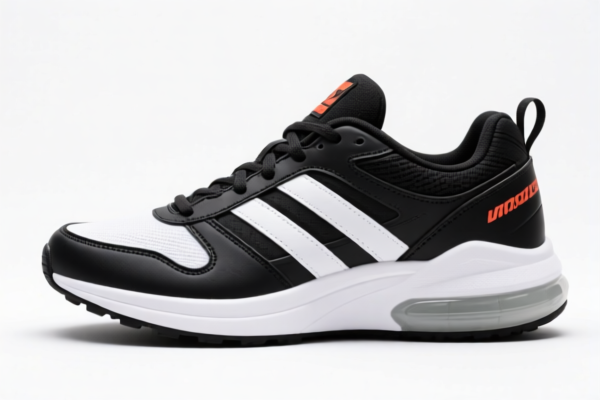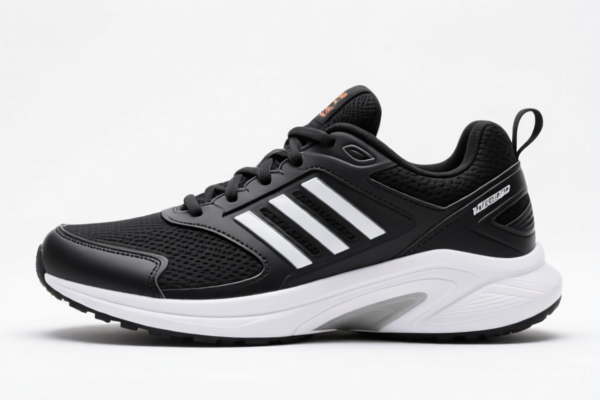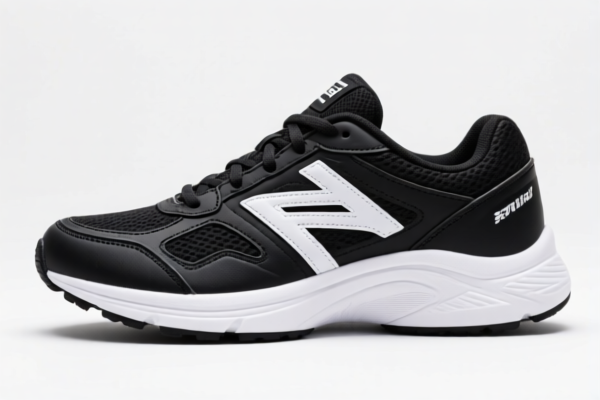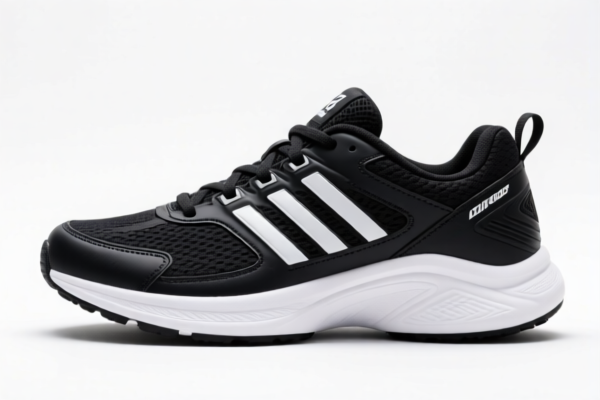| HS Code | Official Doc | Tariff Rate | Origin | Destination | Effective Date |
|---|---|---|---|---|---|
| 6401929060 | Doc | 75.0% | CN | US | 2025-05-12 |
| 6405100060 | Doc | 47.5% | CN | US | 2025-05-12 |
| 6405909060 | Doc | 42.5% | CN | US | 2025-05-12 |
| 6403596040 | Doc | 38.5% | CN | US | 2025-05-12 |
| 6405209080 | Doc | 42.5% | CN | US | 2025-05-12 |




Shoes
Shoes are coverings for the feet, primarily worn for protection, comfort, and fashion. They are a ubiquitous form of footwear across cultures and serve a diverse range of purposes.
Materials
Shoes are constructed from a wide variety of materials, both natural and synthetic:
- Leather: Historically dominant, leather provides durability, flexibility, and breathability. Different types of leather (e.g., full-grain, top-grain, suede) offer varying qualities and aesthetics.
- Synthetics: Materials like nylon, polyester, and various plastics are frequently used for their cost-effectiveness, water resistance, and lightness.
- Rubber: Provides traction, cushioning, and water resistance, commonly used for soles.
- Canvas: A durable, lightweight fabric often used in casual shoes.
- Mesh: Offers breathability and flexibility, commonly found in athletic shoes.
- Foam: Used for cushioning and support in midsoles and insoles (e.g., EVA, polyurethane).
Purpose & Function
The primary functions of shoes include:
- Protection: Shielding feet from injury caused by sharp objects, rough terrain, and extreme temperatures.
- Support: Providing arch support and stability to prevent foot fatigue and injury.
- Comfort: Cushioning impact and providing a comfortable fit for extended wear.
- Traction: Enhancing grip on various surfaces to prevent slipping.
- Fashion: Serving as a stylistic element to complement attire.
Usage Scenarios
Shoes are categorized based on their intended use:
- Athletic Shoes: Designed for specific sports and activities, providing specialized support and cushioning (e.g., running shoes, basketball shoes, tennis shoes).
- Casual Shoes: Worn for everyday activities, prioritizing comfort and style (e.g., sneakers, loafers, sandals).
- Formal Shoes: Designed for professional or ceremonial occasions, emphasizing elegance and sophistication (e.g., dress shoes, heels, boots).
- Work Boots: Providing robust protection and support for demanding work environments.
- Hiking Boots: Designed for rugged outdoor terrain, offering ankle support, waterproofing, and traction.
Common Types
- Sneakers: Versatile athletic shoes for casual wear.
- Dress Shoes: Formal leather shoes, often with a polished finish (e.g., Oxfords, Derbies, Monk Straps).
- Boots: Covering the foot and ankle, offering protection and support (e.g., Chelsea boots, work boots, hiking boots).
- Sandals: Open-toed footwear, typically worn in warmer weather.
- Loafers: Slip-on shoes, often made of leather, suitable for casual or semi-formal occasions.
- Heels: Shoes with an elevated heel, typically worn by women for formal or fashionable occasions.
- Flats: Shoes with a low or absent heel, prioritizing comfort and simplicity.
- Clogs: Shoes with a thick sole, often made of wood or rubber.
The term "shoes" is broad. Based on the provided information, several HS codes may be applicable depending on the material, use, and specific characteristics of the shoes. Here's a breakdown of potential classifications:
- 6401100000: This code covers waterproof footwear with outer soles and uppers of rubber or plastics, where the uppers are neither fixed to the sole nor assembled by stitching, riveting, nailing, screwing, plugging, or similar processes. This includes footwear incorporating a protective metal toe-cap. The total tax rate is 75.0% (base tariff 37.5%, additional tariff 7.5%, and an additional tariff of 30.0% after April 2, 2025).
- 6402120000: This code applies to other footwear with outer soles and uppers of rubber or plastics, specifically sports footwear like ski-boots, cross-country ski footwear, and snowboard boots. The total tax rate is 37.5% (base tariff 0.0%, additional tariff 7.5%, and an additional tariff of 30.0% after April 2, 2025).
- 6402914005: This code covers other footwear with outer soles and uppers of rubber or plastics, specifically work footwear for men, with uppers over 90% rubber or plastics (excluding foxing band footwear and protective footwear designed to be worn over other shoes). The total tax rate is 36.0% (base tariff 6.0%, additional tariff 0.0%, and an additional tariff of 30.0% after April 2, 2025).
- 6403123000: This code applies to footwear with outer soles of rubber, plastics, leather, or composition leather and uppers of leather, specifically sports footwear like ski-boots, cross-country ski footwear, and snowboard boots, and welt footwear. The total tax rate is 37.5% (base tariff 0.0%, additional tariff 7.5%, and an additional tariff of 30.0% after April 2, 2025).
- 6403191000: This code covers footwear with outer soles of rubber, plastics, leather, or composition leather and uppers of leather, specifically sports footwear for men, youths, and boys, and welt footwear, specifically golf shoes. The total tax rate is 42.5% (base tariff 5.0%, additional tariff 7.5%, and an additional tariff of 30.0% after April 2, 2025).
To determine the correct HS code, further details regarding the shoe's material composition (rubber, plastic, leather), intended use (sports, work, casual), and construction method are required.
Customer Reviews
No reviews yet.